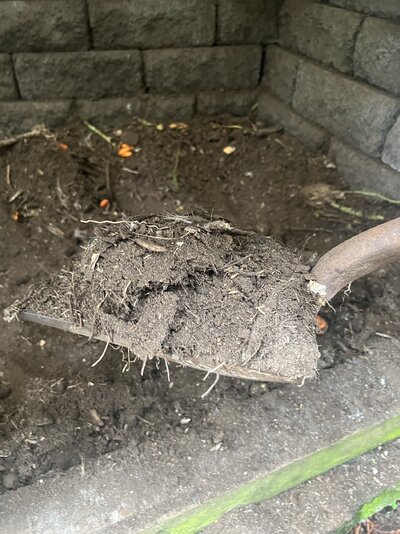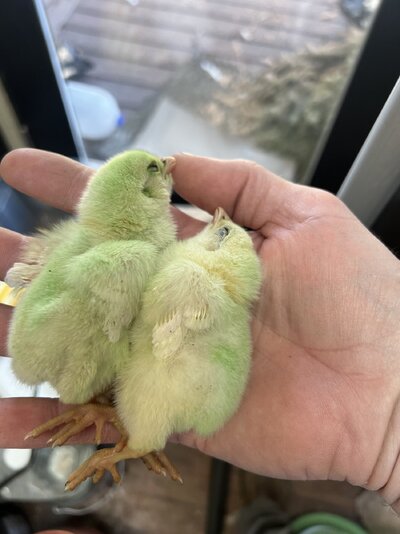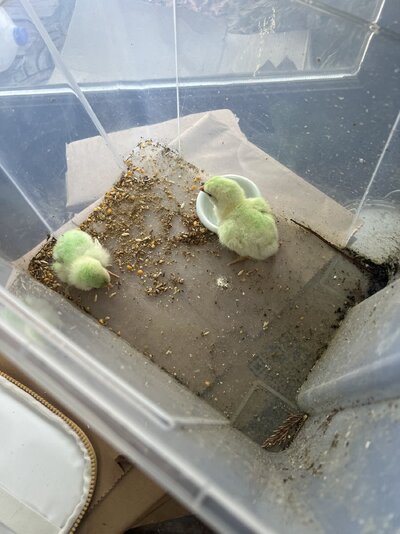ackie
previously jwehl // dogs & cats & squirrels oh my!
I dont raise meat birds, just barnyard mixes with a little game fowl and a little layer breed, but someone has been buying my roosters to eat. It's fantastic because I dont have any better way to get rid of them and apparently birds hatch 50/50, who knew. Anyway, they have clearly dealt with backyard breeders who arent comfortable selling their birds off to slaughter, so they claimed they were buying 20 roosters and 0 hens as pets.
We told them it was totally okay to eat them and they insisted they were pets - I suspect they had someone bait and switch them saying it was okay and then sending them away once they admitted it. (I searched roosters for sale on CL in my area and saw lots of 'free to a good home but not a stewpot!')
Anyway, we told them wed have more 'pets' for them in a couple months if they wanted, so they contacted me a couple weeks ago and I told them I'd just treated with Wazine and it had a 14 day withdrawal period - did they want to wait 14 days to pick up their pets? Yes.
I came on this thread because pulling my boys out of the trees tonight made me kinda sad to know where they were going - but its the best option for everyone. I figured yall would appreciate the story, that's tangentially related to suburban meat breeders lol.
We told them it was totally okay to eat them and they insisted they were pets - I suspect they had someone bait and switch them saying it was okay and then sending them away once they admitted it. (I searched roosters for sale on CL in my area and saw lots of 'free to a good home but not a stewpot!')
Anyway, we told them wed have more 'pets' for them in a couple months if they wanted, so they contacted me a couple weeks ago and I told them I'd just treated with Wazine and it had a 14 day withdrawal period - did they want to wait 14 days to pick up their pets? Yes.

I came on this thread because pulling my boys out of the trees tonight made me kinda sad to know where they were going - but its the best option for everyone. I figured yall would appreciate the story, that's tangentially related to suburban meat breeders lol.






